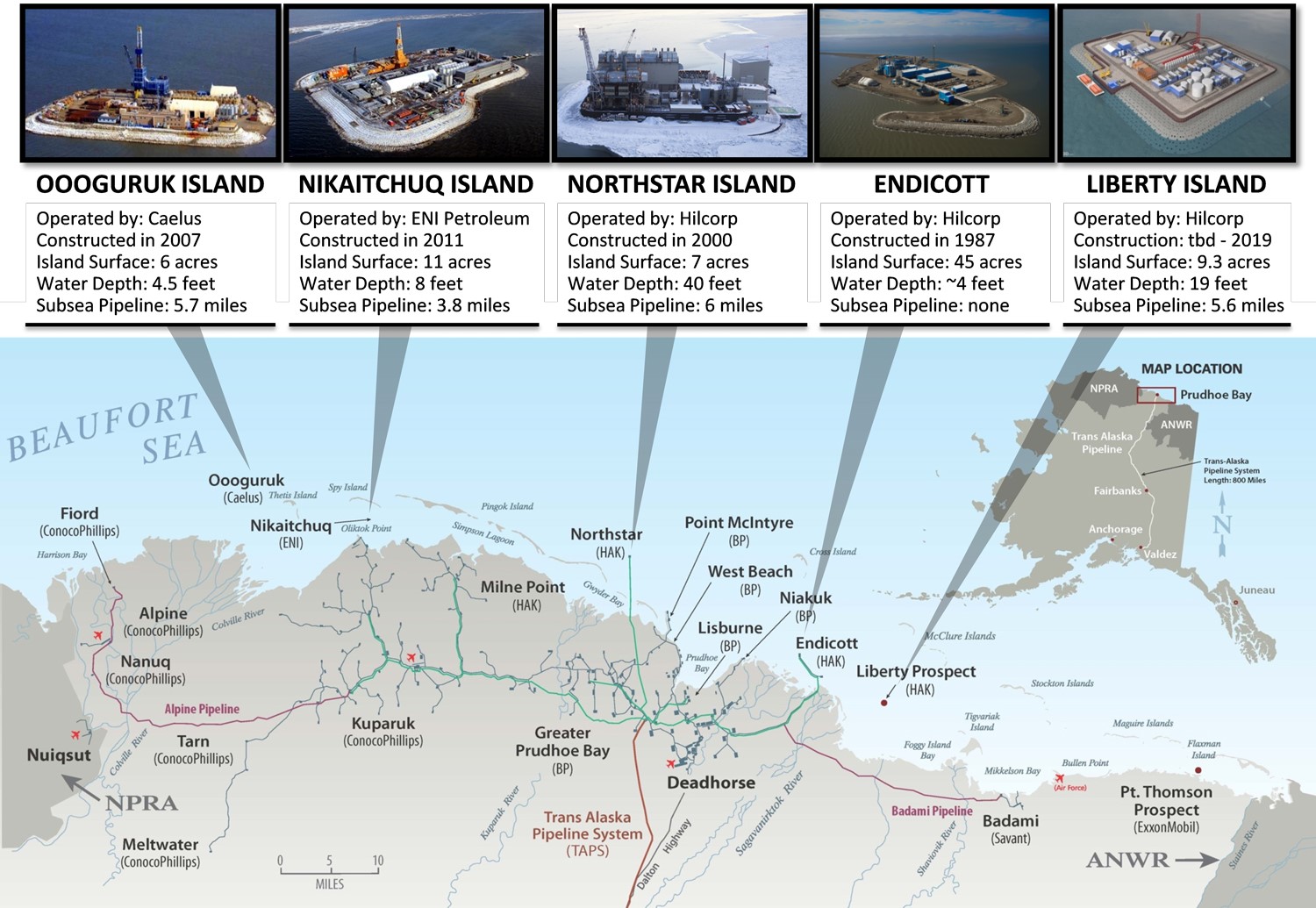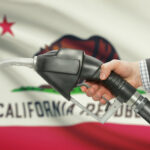Offshore rule amendments would save $228 million – BSEE
The Trump administration is fulfilling its promise to reduce oil and gas regulation, rolling back offshore and onshore rules.
The Bureau of Safety and Environmental Enforcement is considering revising the Production Safety Systems Regulations, regulations concerning offshore operations passed late last year. These rules require operators to use third parties to verify the safety of subsea equipment and set design requirements for safety systems, among other obligations.
BSEE has proposed removing the third-party verification requirement, and clarifying much of the design regulations. BSEE said that its initial regulatory impact analysis estimated that the proposed amendments would reduce industry compliance burdens by at least $228 million over 10 years.

“I am confident that this revision of the Production Safety Systems Rule moves us forward toward meeting the administration’s goal of achieving energy dominance without sacrificing safety,” said BSEE Director Scott A. Angelle. “By reducing the regulatory burden on industry, we are encouraging increased domestic oil and gas production while maintaining a high bar for safety and environmental sustainability.”
According to BSEE, “The Production Safety Systems Rule addresses safety and pollution prevention equipment… for the production of oil and gas resources on the U.S. outer continental shelf (OCS).”
The OCS includes Alaska, which may greenlight the Liberty Project – the first completely federal OCS production facility in the Alaska Region.

The Liberty Project FAQ said that Liberty has 80-150 million barrels of recoverable oil. Peak production of 60,000-70,000 barrels/day is projected within two years of initial production.
Redundant fracturing rule rescinded
Regulators are also rolling back the previous administration’s regulations on hydraulic fracturing on federal and Indian lands. Issued in 2015, the Bureau of Land Management’s rules sought to “ensure that wells are properly constructed to protect water supplies… and provide public disclosure of the chemicals used in hydraulic fracturing fluids.”
Additionally, the 2015 rule required oil and gas operators to:
- Obtain the BLM’s approval before conducting hydraulic fracturing operations by submitting an application with information and a plan for the hydraulic fracturing
- Include a hydraulic fracturing application in applications for permits to drill (APDs), or in a subsequent “sundry notice”
- Include information about the proposed source of water in each hydraulic fracturing application so that the BLM can complete analyses required by the National Environment Policy Act (NEPA)
- Include available information about the location of nearby wells to help prevent “frack hits” (i.e., unplanned surges of pressurized fluids into other wells that can damage the wells and equipment and cause surface spills)
The bullets above list some, but not all of the regulations. The full list can be found here.
These regulations mirror, and in many cases duplicate, state laws that already apply, according to industry groups, meaning compliance will be costly without any additional safety benefits.
Independent Petroleum Association of America and the Western Energy Alliance filed a motion to block the rule in 2015. In September 2015, a preliminary injunction was granted.
The ruling stated, “Congress has not authorized or delegated to the BLM authority to regulate hydraulic fracturing and, under our constitutional structure, it is only through Congressional action that the BLM can acquire this authority.”
The rule has been tied up in the courts since, with the Obama administration appealing the injunction. In September 2017, the Tenth U.S. Court of Appeals dismissed the case. The judges acknowledged several factors that led to their decision.
“While these appeals were pending, a new President of the United States was elected. After that change in Administration, and at the President’s direction, the BLM began the process of rescinding the Fracking Regulation,” the judges wrote. “Given these changed and changing circumstances, we conclude these appeals are prudentially unripe. As a result, we dismiss these appeals and remand with directions to vacate the district court’s opinion and dismiss the action without prejudice.”
President Trump repeatedly stated that he would strike down regulations and ordered the various federal agencies under his command to do so. Therefore, the judges saw the case as a waste of judicial resources and dismissed the case.
“Western Energy Alliance appreciates that BLM under Interior Secretary Ryan Zinke understands this rule was duplicative and has rescinded it,” Western Energy Alliance President Kathleen Sgamma said. “States have an exemplary safety record regulating fracking, and that environmental protection will continue as before.”







